Newcastle Through the Ages
Art In Newcastle City Centre, Tyne And Wear
A mural depicting history and noteworthy people and places of Newcastle Upon Tyne.
If you wish to mix a bit of shopping and culture, the wall of Primark (Formerly BHS and C & A) on Northumberland Road may tick both boxes.

Newcastle Through the Ages was installed in 1974 and made from Ciment fondu, which is French as they patented it in 1908. To us, in Blighty, it is Ordinary Portland Cement (OPC) or to those in the trade 'dust'.
In this mural, you can see the use of small mosaic tiles, just like the Romans did.

The artists are Henry (1910 to 1994) and Joyce (1912 to 2004) Collins. They hail from Colchester in Essex which is where I had lived for 14 years before moving to the North East. I saw much of their work without knowing and seems to feature strongly in town centres on shop walls or subways.
They met at Colchester Arts School in 1932, married in 1938, and formed a lifelong partnership creating over 60 pioneering projects across the UK. They have been quoted as saying
“We aim to put something together which adds dignity to a building and tells a story"
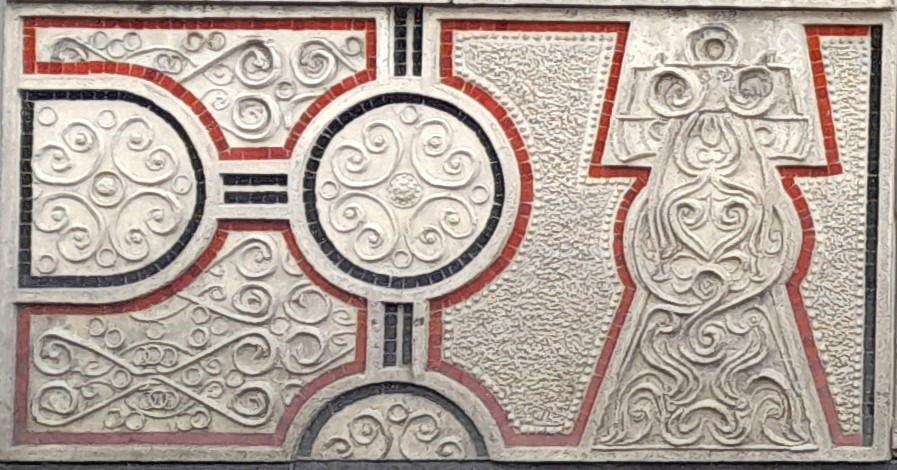
Let's have a look at some of the depictions.
Pons Aelius was the Roman name for the fort in this area before it became known as Newcastle Upon Tyne. It translates from Latin where 'Pons' means bridge, and 'Aelius' refers to Emperor Hadrian, whose family name (clan name) was Aelius (thank you Wikipedia).
It is suggested that there was a Roman bridge near where the Swing Bridge is.
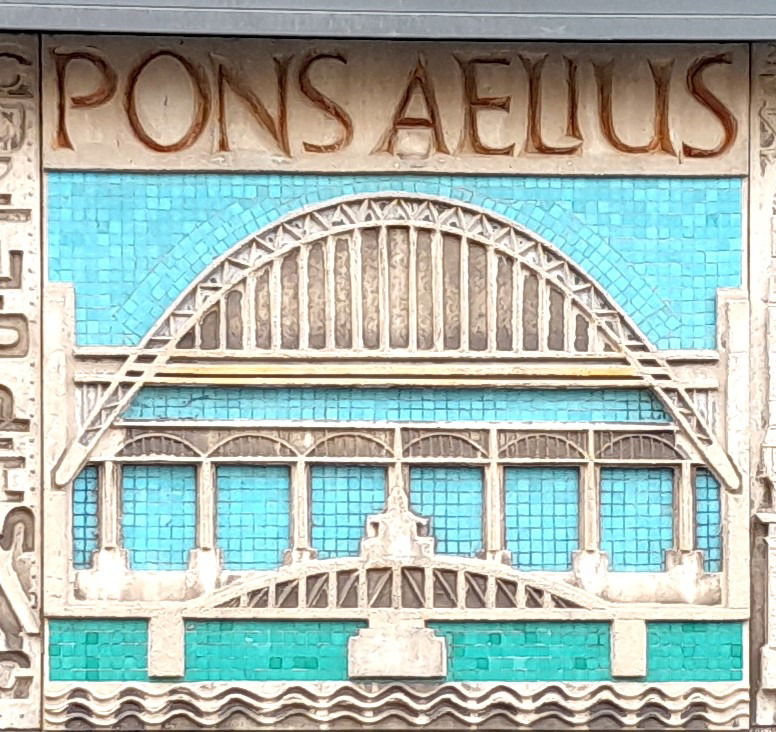
The head of Hadrian is depicted on the wall and has been copied from a Roman coin.
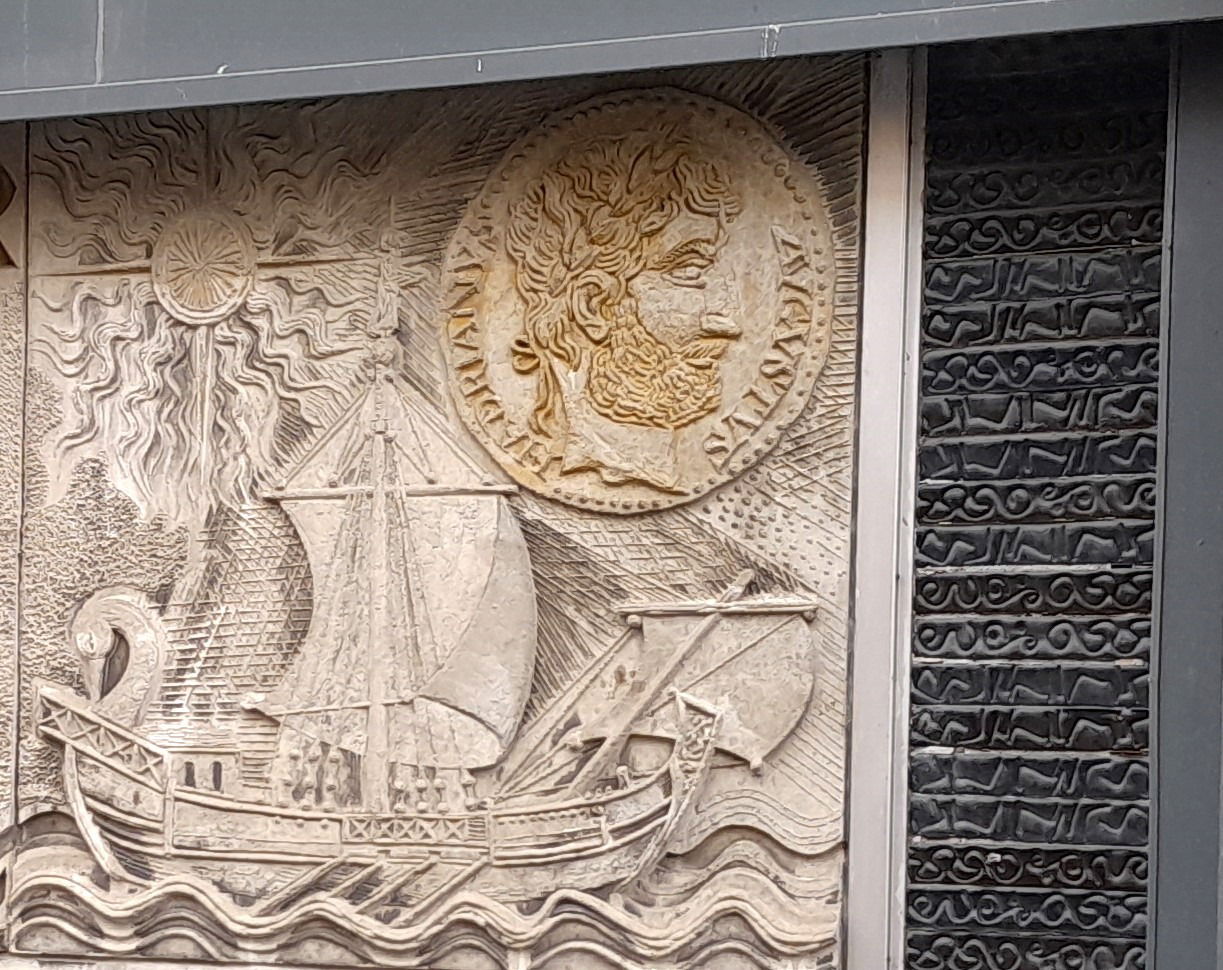
Monkchester was the name Newcastle went by after the Romans left and may have Anglo-Saxon origins. The name suggests a place for monks.
The God I assume is Neptune and is linked with Oceanus. They are both Roman Gods of the sea and freshwater. Oceanus's trademark was an anchor while Neptune had a trident. There are Roman altars in The Great North Museum, Newcastle which were found in the River Tyne in 1872 when constructing the Swing Bridge.
Are you wondering why there are two Gods of the sea and freshwater? Well, Neptune apparently belonged to the younger dynasty of gods and Oceanus to the older dynasty.
You have on the mural three castles which dates to Norman times. There is also a seahorse depicted and both feature on Newcastle's coat of arms.


Sailing ships used to transport coal and the date suggests they were in use from 1704 to 1880.
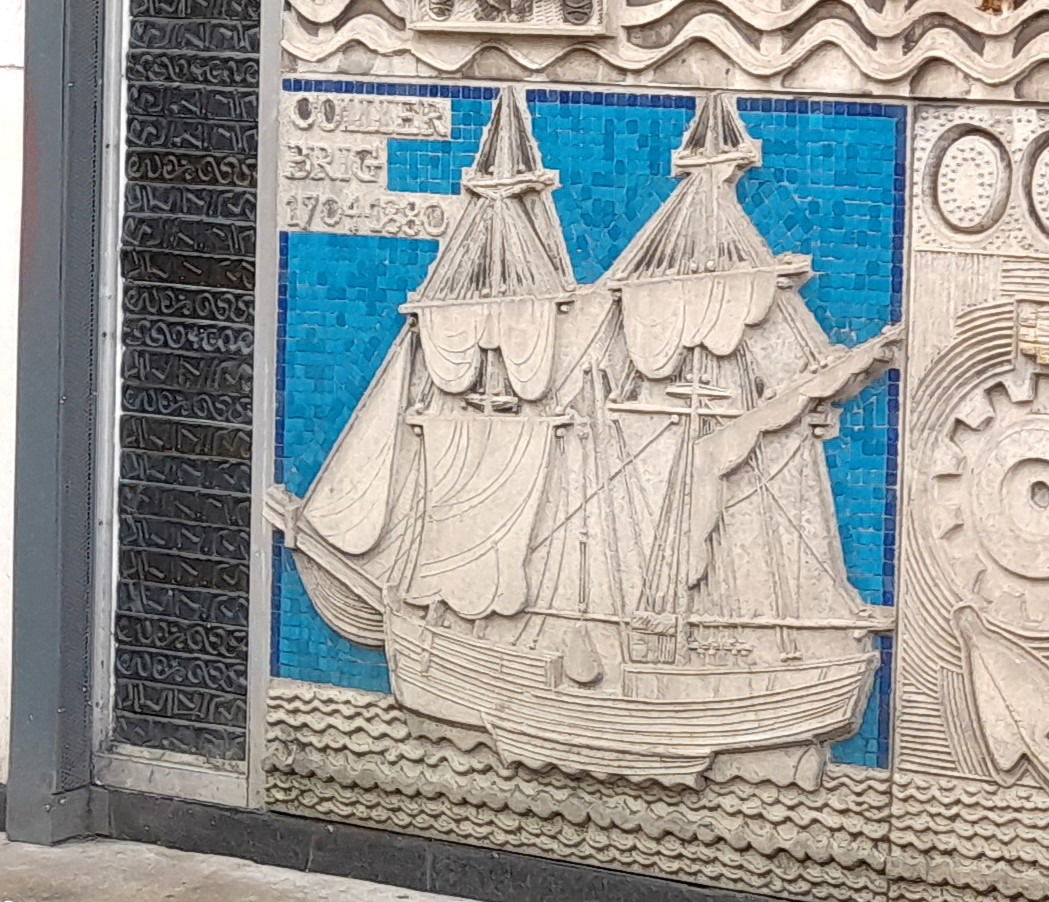
Jupiter and Fotuna are shown together. They were a father and his firstborn daughter in Roman times. Jupiter was the top god and was considered a king. He personified oaths, treaties, and leagues (such as marriage). He is a sky deity and the equivalent of Zeus in Greek Mythology.
He is holding a sceptre in his right hand as all kings would. In his left hand is the thunderbolt as he controls the weather and what looks like a spade which could be Mr and Mrs Collins' interpretation for a farming reference. Those of you who have heard of Gustav Holst's orchestral suite 'The Planets' will know Jupiter as the 'bringer of jollity', and the music to the Hymn 'I vow to Thee My Country'.
Fortuna was initially a goddess of fertility, hence shown holding a cornucopia (Horn Of Plenty) in her left hand. She also had the badge for chance, luck, and prosperity. It only seems logical to then become the goddess of gambling.
In her right hand could be a blindfold to depict impartiality. There have been dedications to her found along Hadrian's Wall. Also, a crudely carved relief was found in the River Tyne.

There are many familiar people and places depicted.
1815 was the invention of the Davy Safety Lamp.
1887 was the start of the National Glass Company (NGC).
1865 was when St Nicholas Cathedral was built.
1838 was when the Greys Monument was erected.
Green Stokoe was another of Newcastle's architects.
1837 was when The Theatre Royal opened.
Britannia symbolised Britain's maritime power, and her image was featured prominently.
Thomas Bewick was a wood engraver a natural history writer.
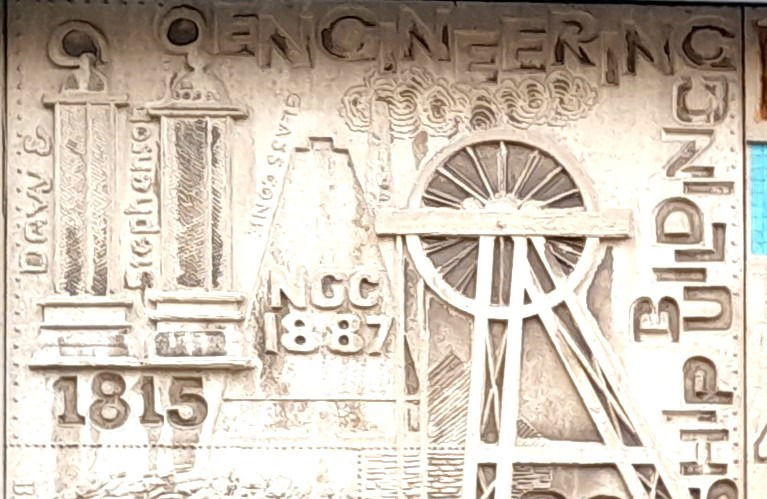


Turbinia was the first steam turbine-powered steamship. Built in 1894 as an experimental vessel. It was the fastest ship in the world at the time. Charles Algernon Parsons (1854 to 1931) was the inventor of the modern steam turbine (Wikipedia) there is plenty of information about this at the Discovery Museum
The Armstrong Whitworth company produced in 1906 a 150 tonne hydraulic luffing crane. What made it special was that it could lift 150 tonnes with accuracy. Used in ship building and repair, it is commonly known as a hammerhead crane.
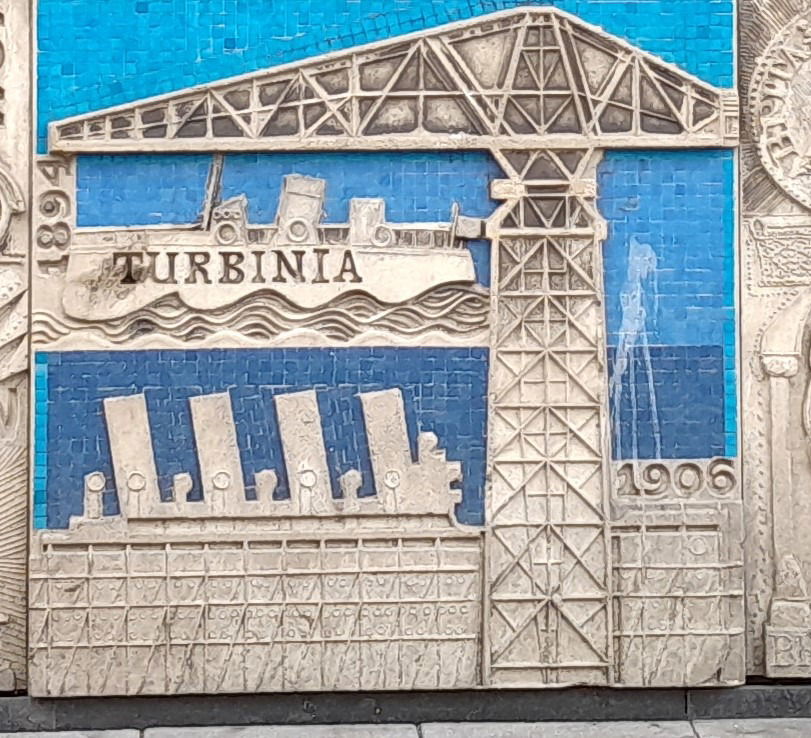
Newcastle trades are represented with a steel worker and a miner. Unfortunately both industries are now defunct.
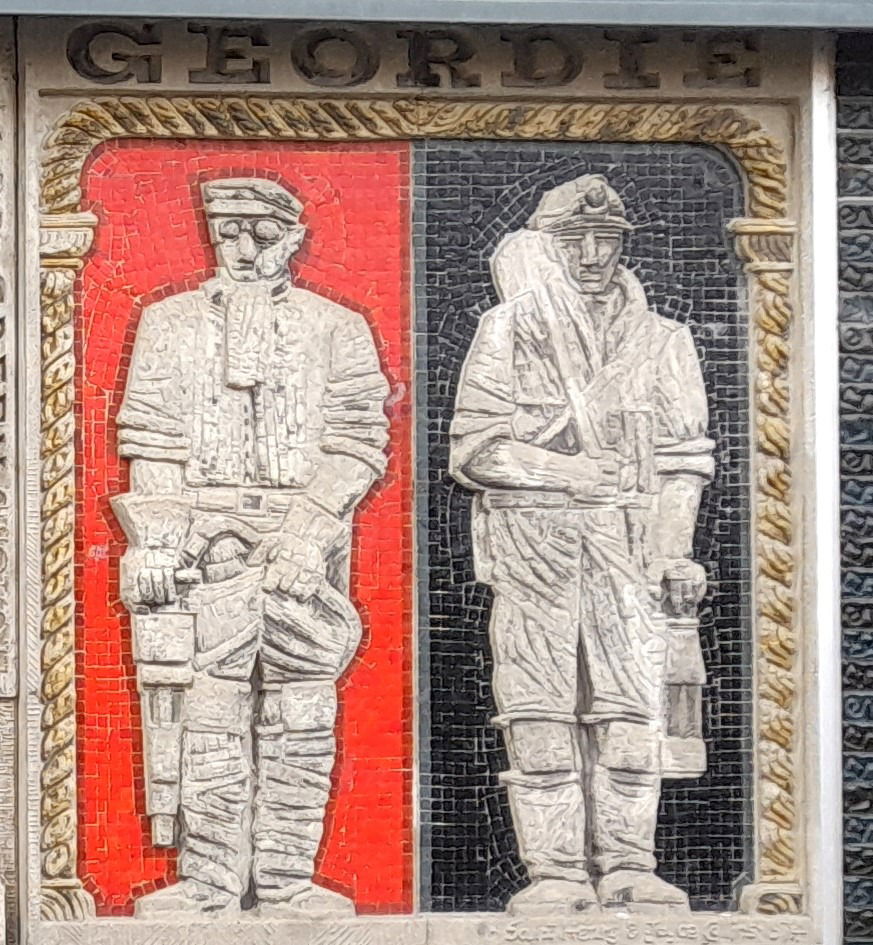
Get 2 points if you have visited this place. Already visited by 101 VIPs.
Login to the VIP area to add places to your bucket list, mark them as visited and more importantly see where you rank on the league table.
How To Find Newcastle Through the Ages
Where Is Newcastle Through the Ages?
Lat / Long
54.976674, -1.612199
What three words
Where To Park For Newcastle Through the Ages?
Lat / Long
54.976296, 54.976296
What three words
Parking available at many places within the city. The NPC is next door.
Contributed by Rosalind Parker
Thanks for reading through and getting to the end of this post. I enjoy exploring the Fabulous North (Especially as a Southerner residing up North). I like 'snippets' of information, and more so, if they are obscure, amusing or meaningful. The photographs are taken on a mobile phone, without any enhancements.
More Places from Rosalind
More Places In Newcastle City Centre
Find more fabulous places in Newcastle City Centre, Tyne And Wear and if you know of a place we haven't listed, then let us know.
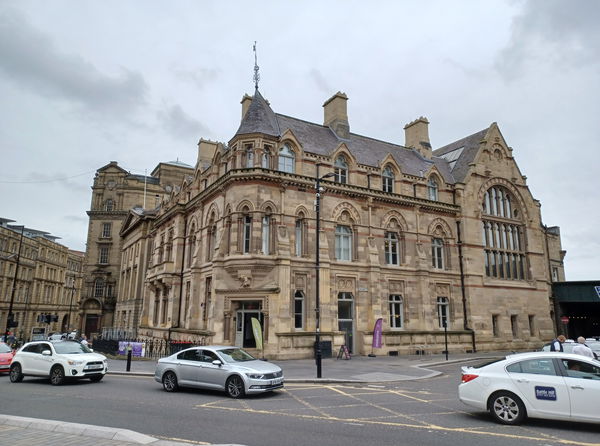
The Mining Institute
Building Newcastle City Centre Tyne And WearThe North of England Institute of Mining and Mechanical Engineers or as it is more commonly known, “The Mining Institute” is one of the finest buildings in Newcastle. It is a Victorian building built at the time when high-Gothic architecture was coming into fashion.
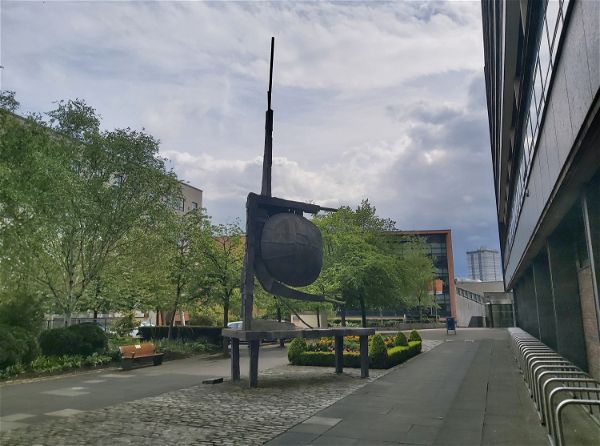
Spiral Nebula
Art Newcastle City Centre Tyne And WearA striking piece of post-war public art by renowned sculptor Geoffrey Clarke.

Iron Man
Art Newcastle City Centre Tyne And WearA puppet of the Iron Man that was used in the musical of the same name by The Who guitarist Pete Townshend.
More Art
So this art wasn't enough and you want more? Don't worry we have you covered.

Fisherman Door Art
Art Blyth NorthumberlandFisherman and his dog daubed on the back of a wall at Blyth Harbour.
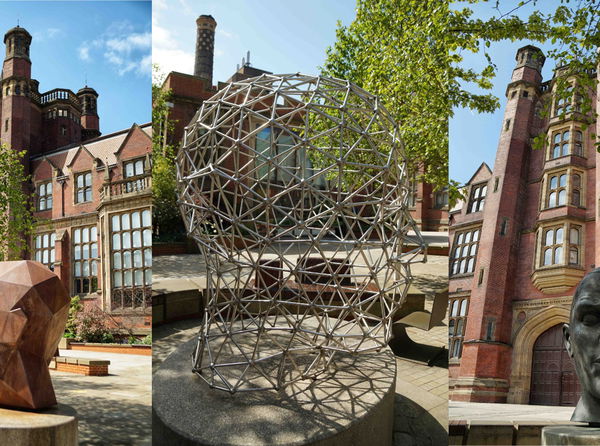
Generation
Art Newcastle City Centre Tyne And WearStatues of three heads representing different eras of human and industrial production.
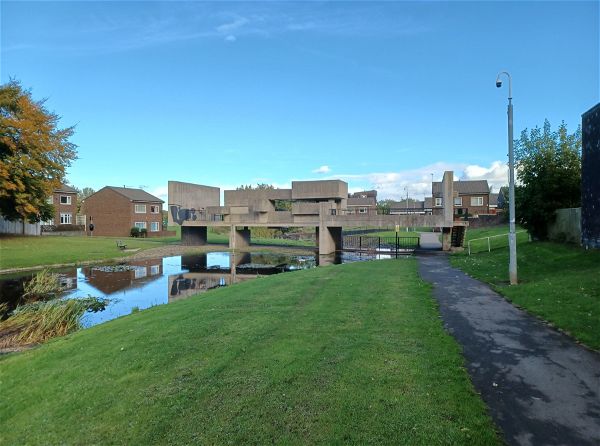
Apollo Pavilion
Art Peterlee County DurhamA Brutalist public work of art in Peterlee, designed by British Artist and Architect, Victor Pasmore.
Never Miss A Fabulous Place
If you are afraid of missing out on all the fabulous places we post, or just want to be the first to know, then sign up to the Fabulous North.
Each week we will email you all the brand new places that we visit.
Sign Up To AlertsFind Us On Facebook
We post all our new places daily on our Facebook Groups page, so join the group today and be notified when we add a new place.
Join Our Facebook GroupNewcastle Through the Ages was listed in Art // Tyne And Wear // Newcastle City Centre

